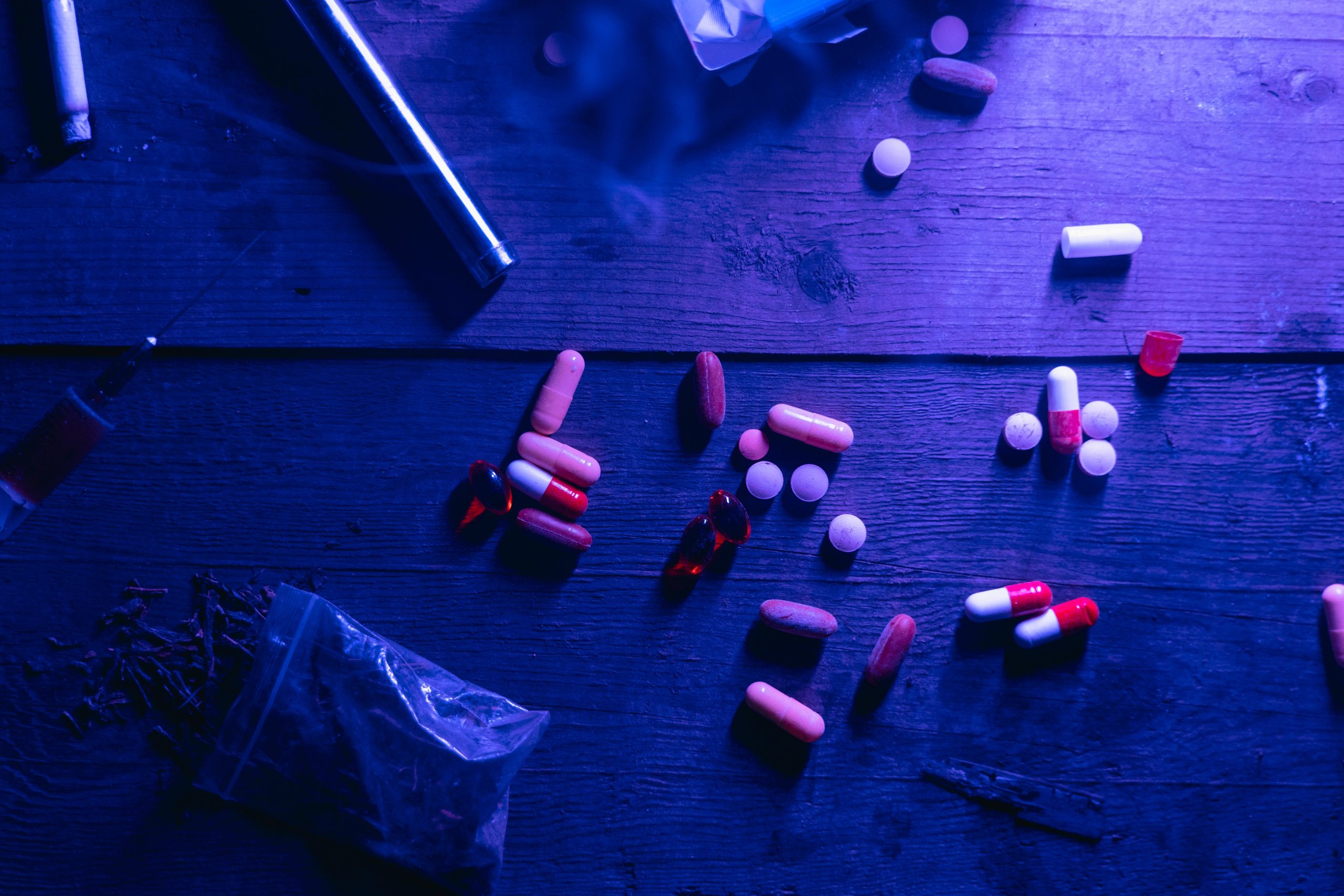Teenage substance misuse is no longer limited to tabloid shock stories or fringe peer groups. It is threaded into the everyday fabric of adolescence: vape clouds behind bus stops, bottles passed at parties, painkillers taken not for pain but for escape.
This creeping normalisation is not just a health issue; it is a crisis in visibility. Parents, educators, and even some clinicians are often a few steps behind a culture that moves quickly, hides well, and punishes vulnerability. By the time most parents act, the behaviour has already been rehearsed in private for months. The signals were there, but either misunderstood or missed altogether.
The changing face of teenage substance misuse
Teenage substance use is no longer confined to alcohol and cannabis. The spectrum has broadened to include prescription stimulants, benzodiazepines, nitrous oxide, synthetic cannabinoids, and disposable vapes with dangerously high nicotine levels. Many of these substances are easily accessed online or shared among peers, often without parental awareness.
Nearly 1 in 10 of 15-year-olds in England reported vaping regularly, with many unaware of the product’s contents or origin. 41% of young people entering treatment in 2022 cited mental health as a contributing factor to their substance use. The latest ONS figures also highlight a rise in non-opioid drug misuse among adolescents in both urban and rural settings.
The impact of evolving substances
The rapid evolution of substances available to young people presents a significant challenge for parents. The rise of disposable vapes means new flavours and designs are constantly emerging, often marketed through social media to appeal directly to adolescents. These devices can deliver exceptionally high concentrations of nicotine, which can quickly lead to dependency. Similarly, synthetic cannabinoids can be particularly concerning due to their unpredictable potency and potential for severe adverse reactions. Parents need to be aware that the landscape is dynamic and requires continuous learning to keep pace with what their children might encounter.
Why parents don’t see it coming
Parents are often blindsided not because they are inattentive, but because today’s substance use culture is subtle and tech-mediated. Messaging platforms, encrypted apps, and social media trends often precede adult knowledge. The social capital of trying something can outweigh the perceived risk. Many parents relate substance use to their own youth, seeing it as a rite of passage, and miss the heightened risks in today’s context.
The digital stealth of misuse
Platforms like Snapchat, TikTok, and Discord can be used to arrange transactions, share experiences, and normalise drug use through memes, challenges, and private groups. Encrypted messaging apps provide a layer of secrecy. This digital veil requires parents to monitor online activity and understand the specific digital ecosystems where such interactions occur.
Early signs what to watch for
Initial warning signs are often emotional and behavioural before they become overt. Look out for sudden changes in sleep, secrecy, mood volatility, or hygiene. Shifts in friendship groups, withdrawal from family, and uncharacteristic lying may follow. Academic performance, missed assignments, and absenteeism can also signal issues. Financial discrepancies like unexplained requests for money or missing valuables could indicate substance use. Trust your instincts if something feels off.
The parent action checklist
- Observe behaviour closely. Noticeable shifts in sleep, appetite, hygiene, and attitude may indicate early signs of substance misuse (BMJ). Keep a journal of changes to help professionals provide targeted advice.
- Engage without accusing. Open-ended, non-confrontational communication builds trust. Practise active listening and create time for conversation free from distractions.
- Educate yourself. Understand substance trends, slang, and local availability. Online parent forums and local police can offer insights into regional trends.
- Create safety in conversation. Listen without immediate reaction. Distinguish between consequences for choices and punishment for disclosure.
- Involve professionals early. Early engagement with youth workers, counsellors, or GPs provides opportunities for screening and support.
Preventing substance misuse proactive steps for parents
Building a strong foundation of resilience and communication can significantly reduce the likelihood of substance misuse. Foster open communication from a young age. Model healthy coping mechanisms. Educate about brain development. Establish clear family rules. Encourage healthy peer relationships. Promote engagement in meaningful activities that provide purpose and positive social connections.
When to get help and from where
If substance use is suspected or confirmed, contact your GP, local youth services, or an adolescent-specialist provider. Multidimensional Family Therapy and Cognitive-Behavioural Therapy are evidence-based approaches with significant outcomes in adolescent recovery. Parental involvement is critical. Teenage substance use is not a moral failing; it is a health and relational challenge. Families can be extraordinary agents of change. What matters most is not perfect parenting, but responsive, brave, informed action. Teenagers need us to be honest, calm, and ready to listen, especially when it is hard.
Lee Hawker-Lecesne is the clinical programmes director at The Cabin, a drug and alcohol rehab in Thailand.








